Rising Demand for Natural Ingredients
The Coffee Extract Market Industry experiences a notable surge in demand for natural ingredients, driven by consumer preferences for clean label products. As health-conscious consumers increasingly seek alternatives to synthetic additives, coffee extract emerges as a favored choice due to its natural origin and potential health benefits. The market for coffee extracts is projected to grow at a compound annual growth rate of approximately 8.5 percent, reflecting a shift towards more organic and natural food and beverage options. This trend is particularly evident in the beverage sector, where coffee extracts are utilized in various formulations, enhancing flavor while providing antioxidant properties. Consequently, the Coffee Extract Market Industry is likely to expand as manufacturers respond to this growing consumer inclination towards natural ingredients.
Increased Awareness of Health Benefits
The Coffee Extract Market Industry is experiencing growth due to heightened awareness of the health benefits associated with coffee consumption. Research indicates that coffee extracts are rich in antioxidants and may contribute to various health advantages, including improved metabolism and reduced risk of certain diseases. This awareness is driving consumer interest in coffee-based products, leading to an increase in demand for coffee extracts in dietary supplements and functional foods. Market analysis suggests that the health and wellness segment is expected to grow by approximately 6 percent annually, further propelling the Coffee Extract Market Industry. As consumers become more informed about the potential health benefits of coffee extracts, manufacturers are likely to respond by expanding their product lines to include health-focused offerings.
Expanding Applications in Food Industry
The versatility of coffee extracts is a key driver for the Coffee Extract Market Industry, particularly within the food sector. Coffee extracts are increasingly utilized in a variety of food products, ranging from baked goods to sauces and marinades, enhancing flavor profiles and providing unique taste experiences. This trend is fueled by the growing consumer interest in gourmet and artisanal food products, where coffee extracts serve as a premium ingredient. Additionally, the market for coffee extracts in the food industry is projected to witness a growth rate of approximately 7 percent, as manufacturers explore innovative applications. As such, the Coffee Extract Market Industry is likely to see continued expansion as food producers leverage the unique properties of coffee extracts to differentiate their offerings.
Growth of the Functional Beverage Sector
The Coffee Extract Market Industry is significantly impacted by the expansion of the functional beverage sector. As consumers increasingly gravitate towards beverages that offer health benefits, coffee extracts are being incorporated into various functional drinks, including energy drinks, protein shakes, and wellness tonics. This trend is supported by the rising awareness of the health benefits associated with coffee, such as improved cognitive function and enhanced physical performance. Market data indicates that the functional beverage segment is projected to grow at a rate of 9 percent annually, further driving the demand for coffee extracts. Consequently, the Coffee Extract Market Industry is poised to benefit from this burgeoning sector, as manufacturers innovate to create beverages that align with health-conscious consumer trends.
Innovations in Coffee Extraction Technologies
Technological advancements in coffee extraction methods significantly influence the Coffee Extract Market Industry. Innovations such as cold brew extraction and supercritical CO2 extraction enhance the efficiency and quality of coffee extracts, allowing for the preservation of flavor compounds and bioactive components. These technologies not only improve the extraction process but also cater to the increasing demand for high-quality coffee products. As a result, the market is witnessing a diversification of coffee extract offerings, including concentrated forms and specialty blends. The introduction of these innovative extraction techniques is expected to propel the Coffee Extract Market Industry forward, as manufacturers strive to meet evolving consumer preferences for premium coffee experiences.


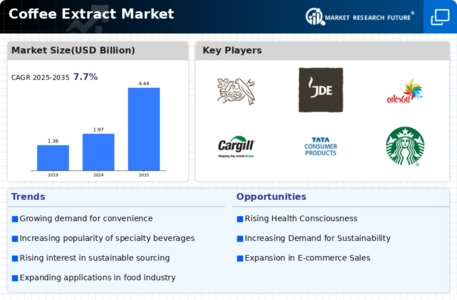
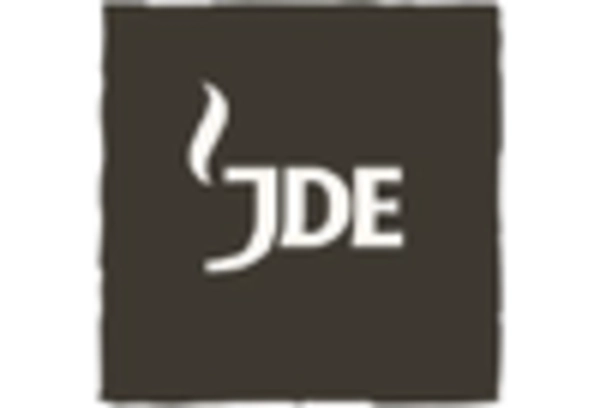
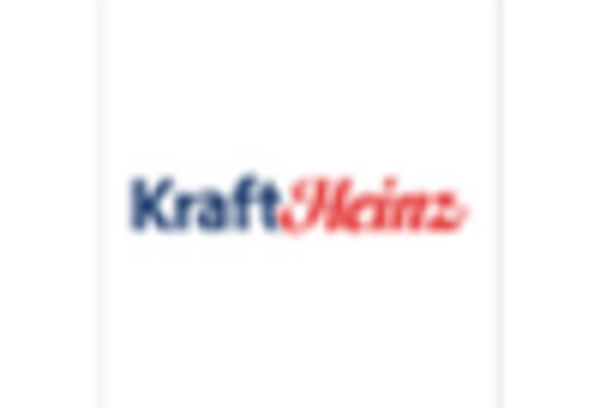
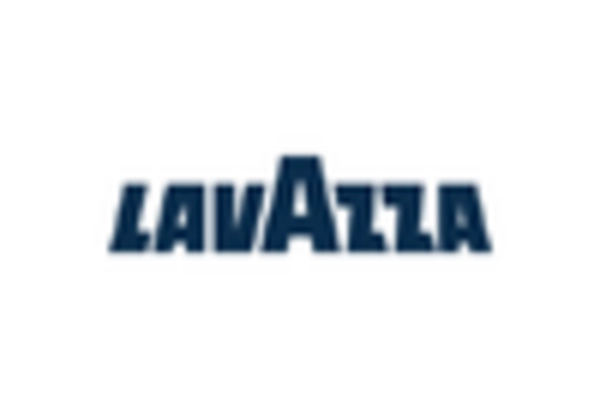


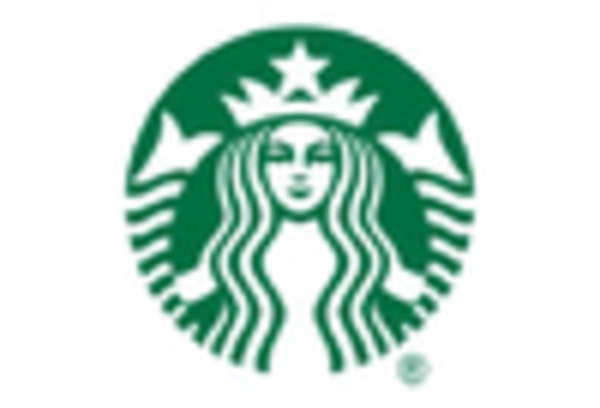








Leave a Comment